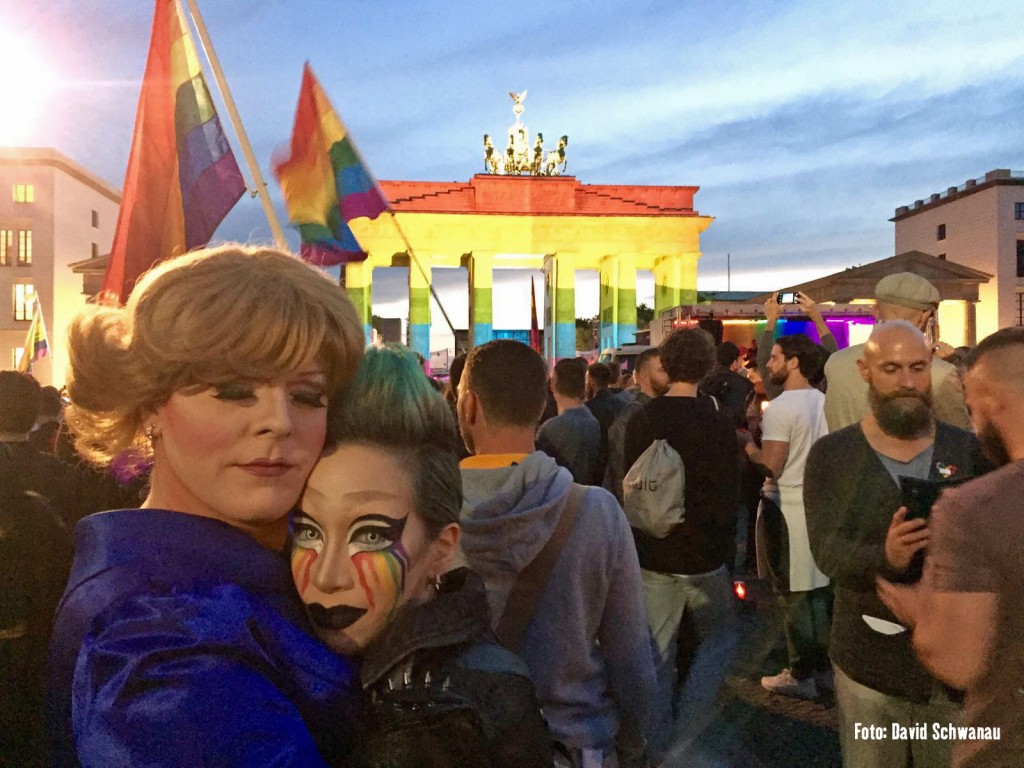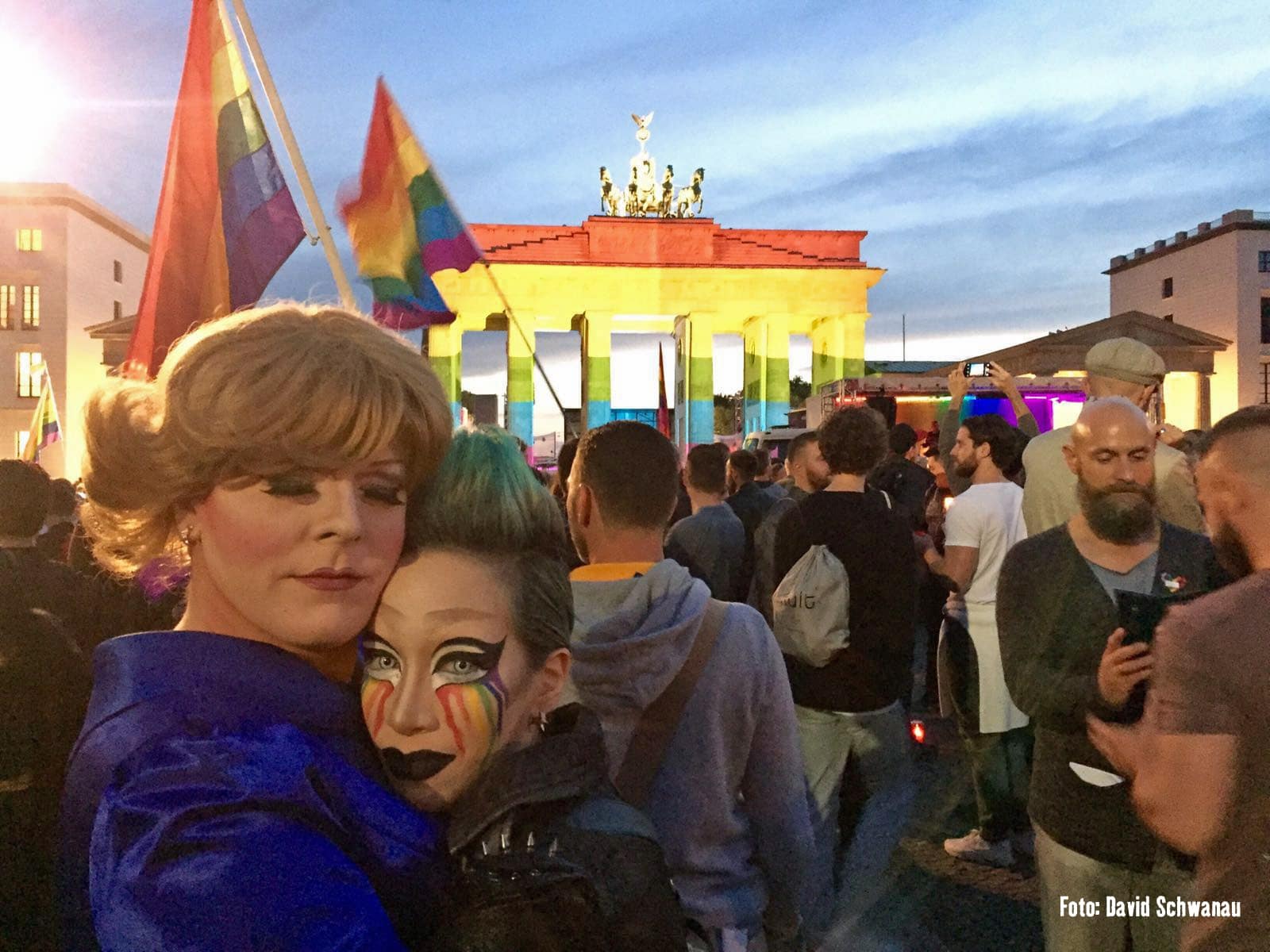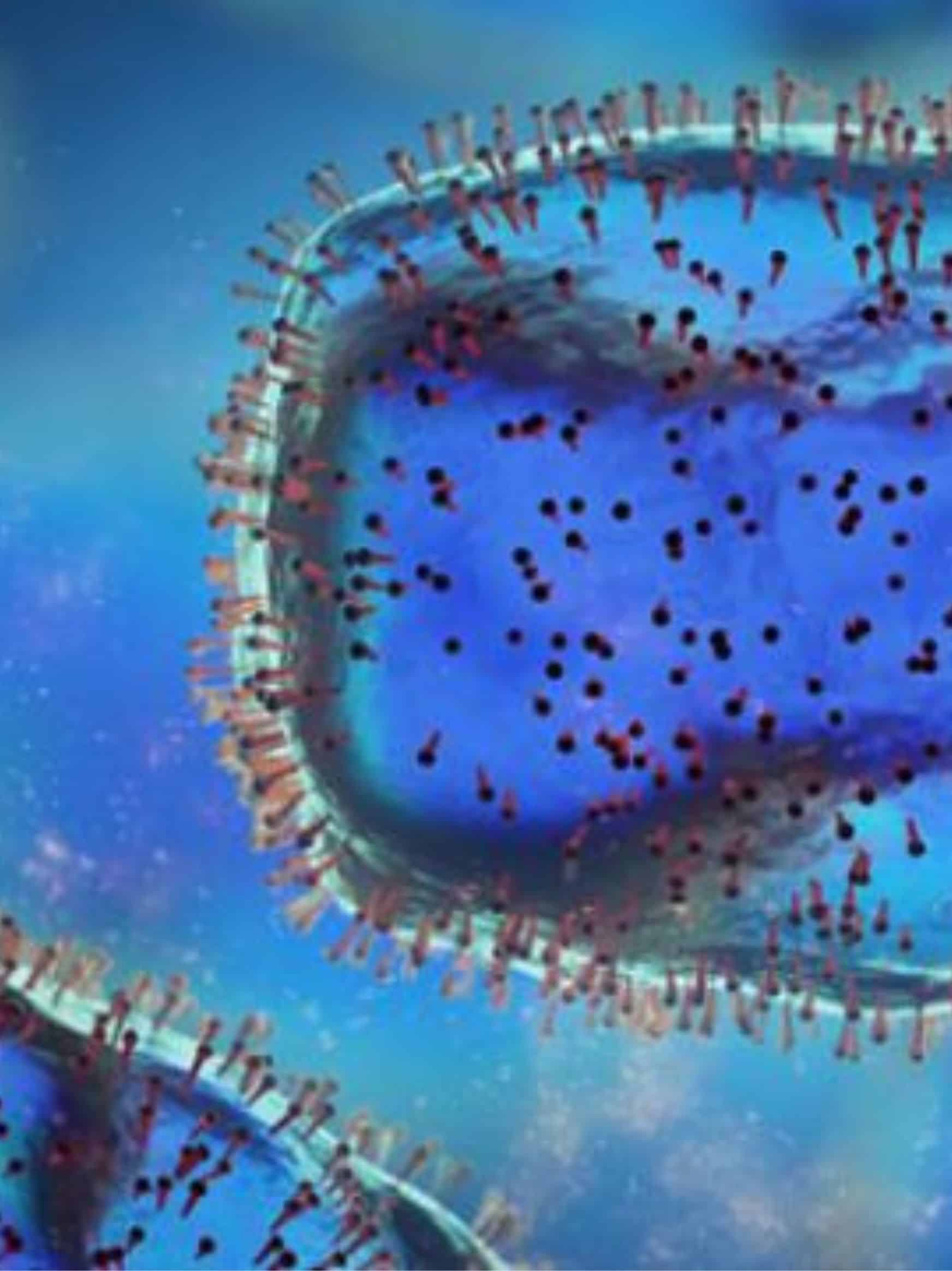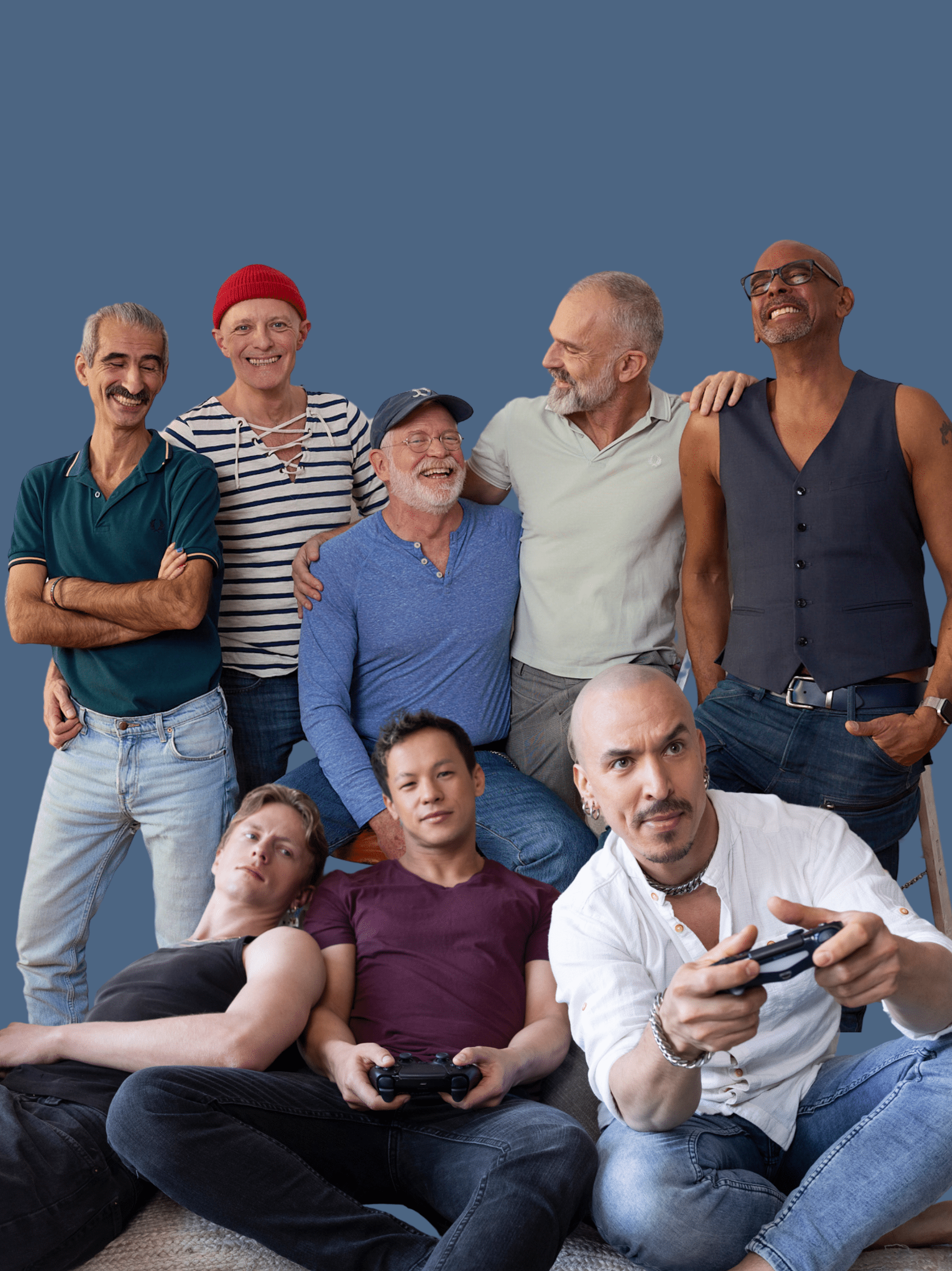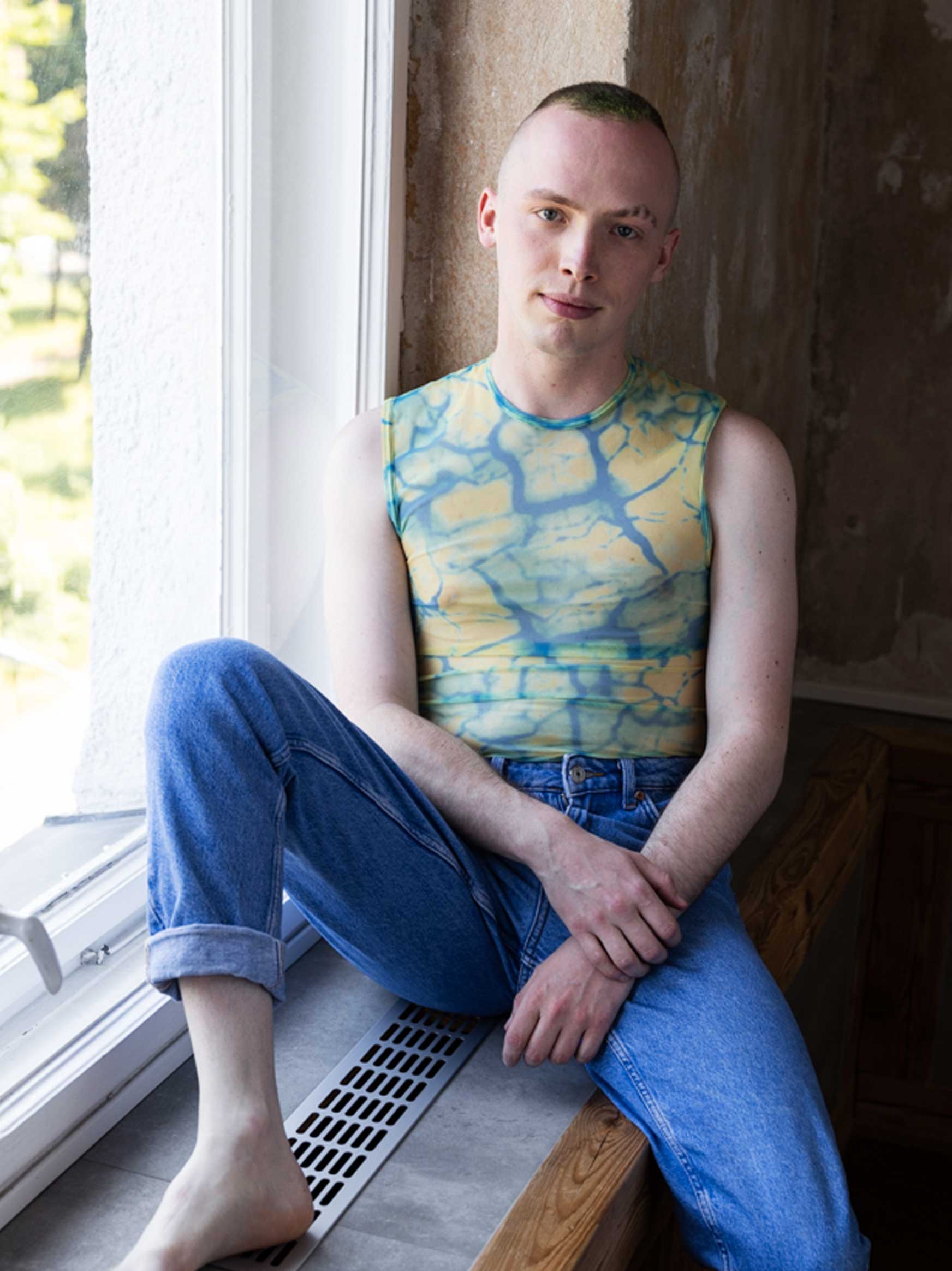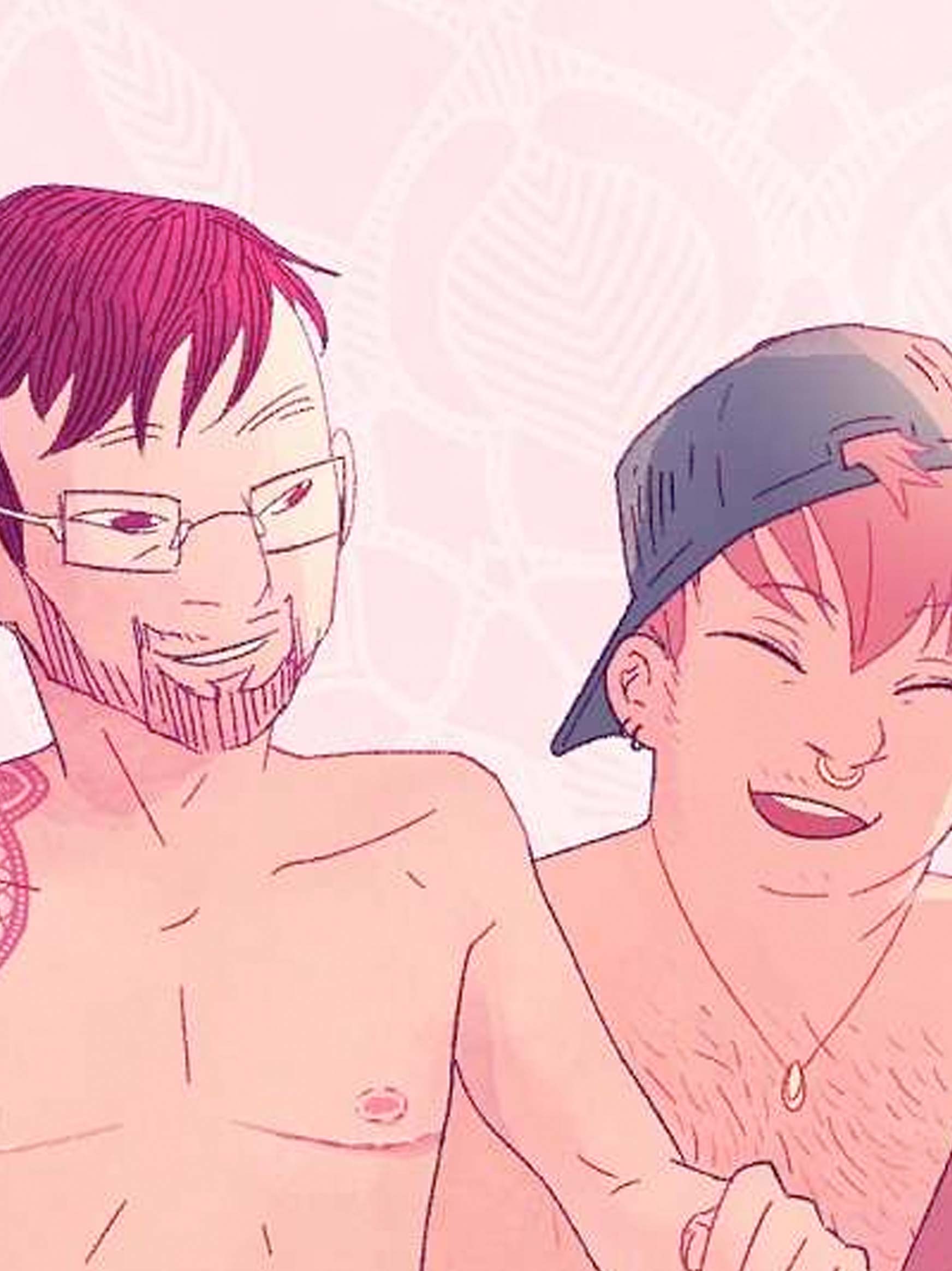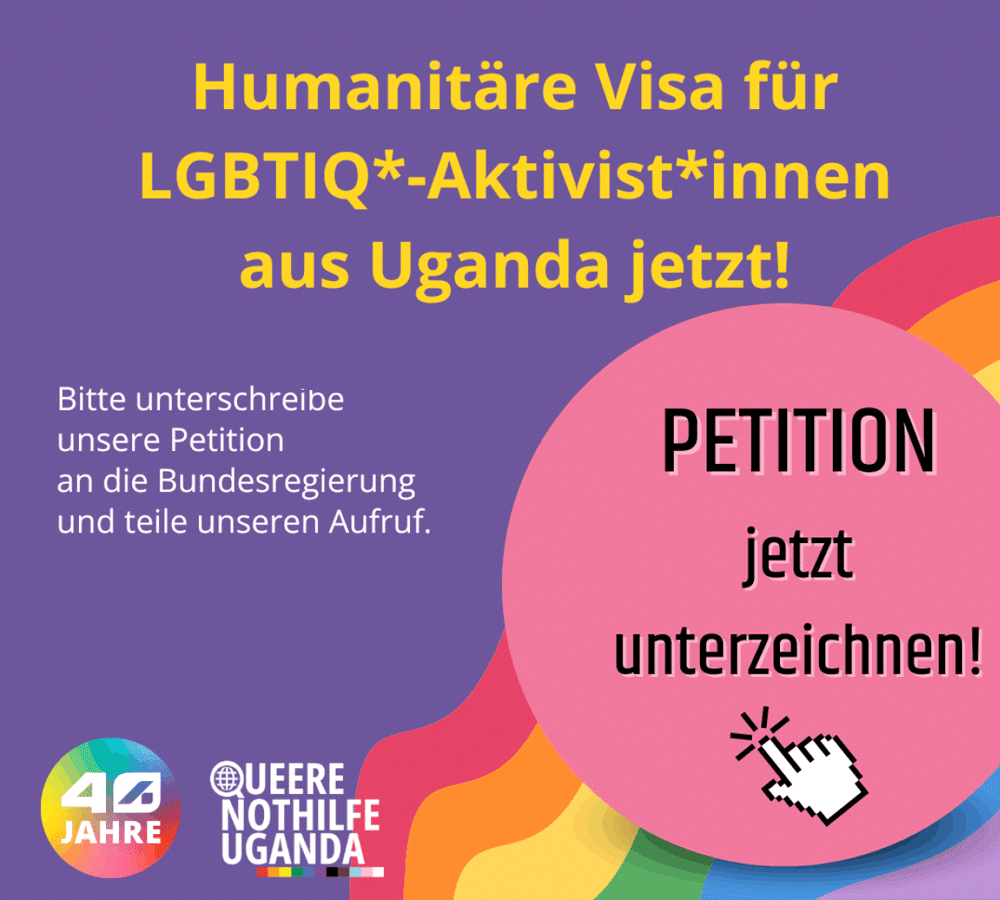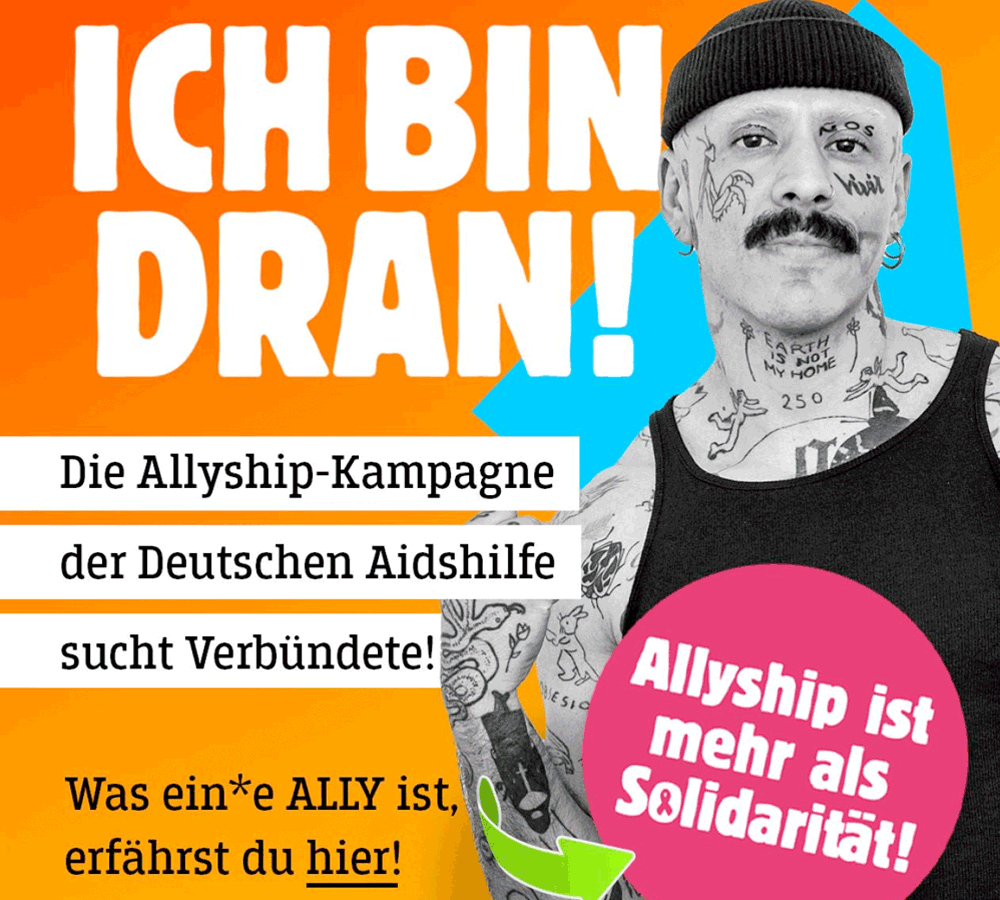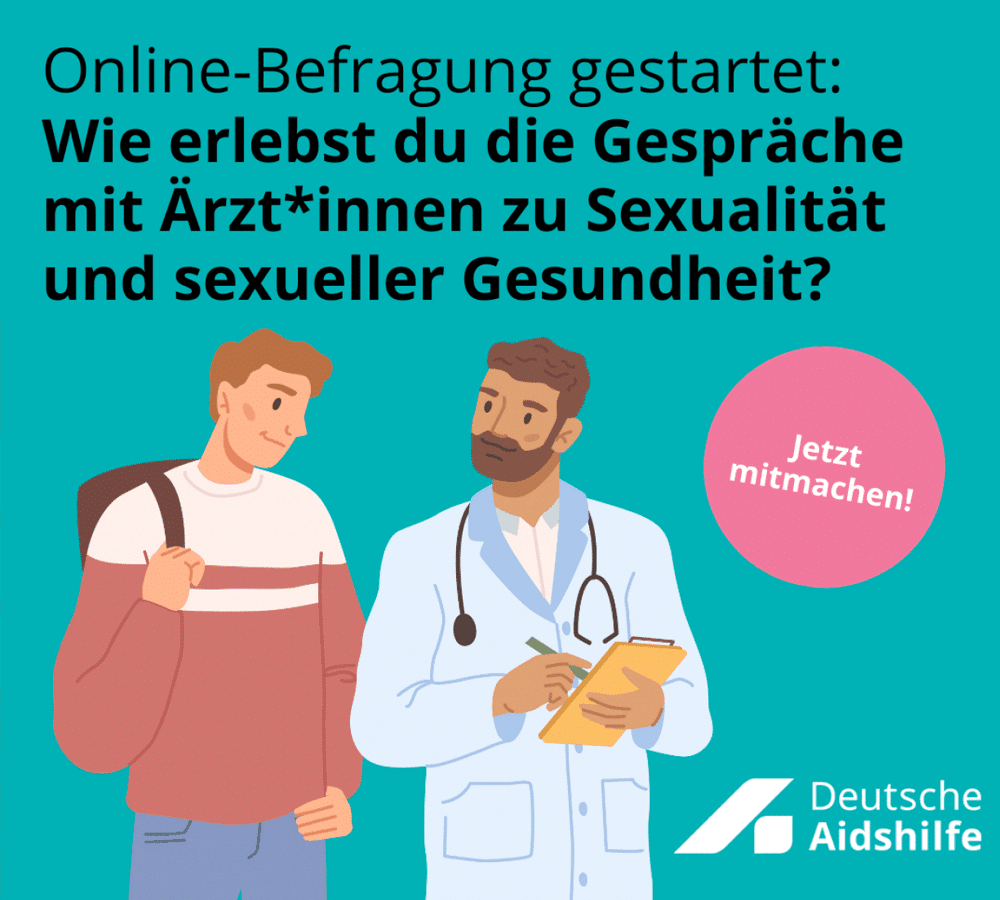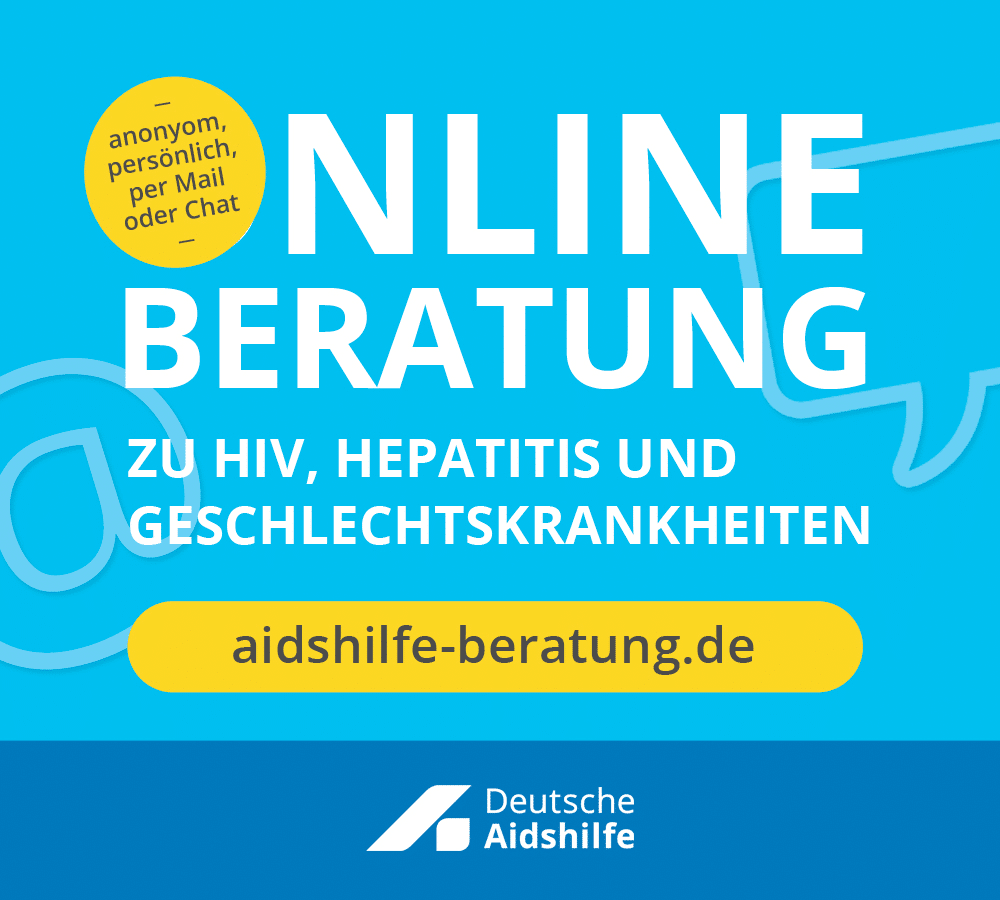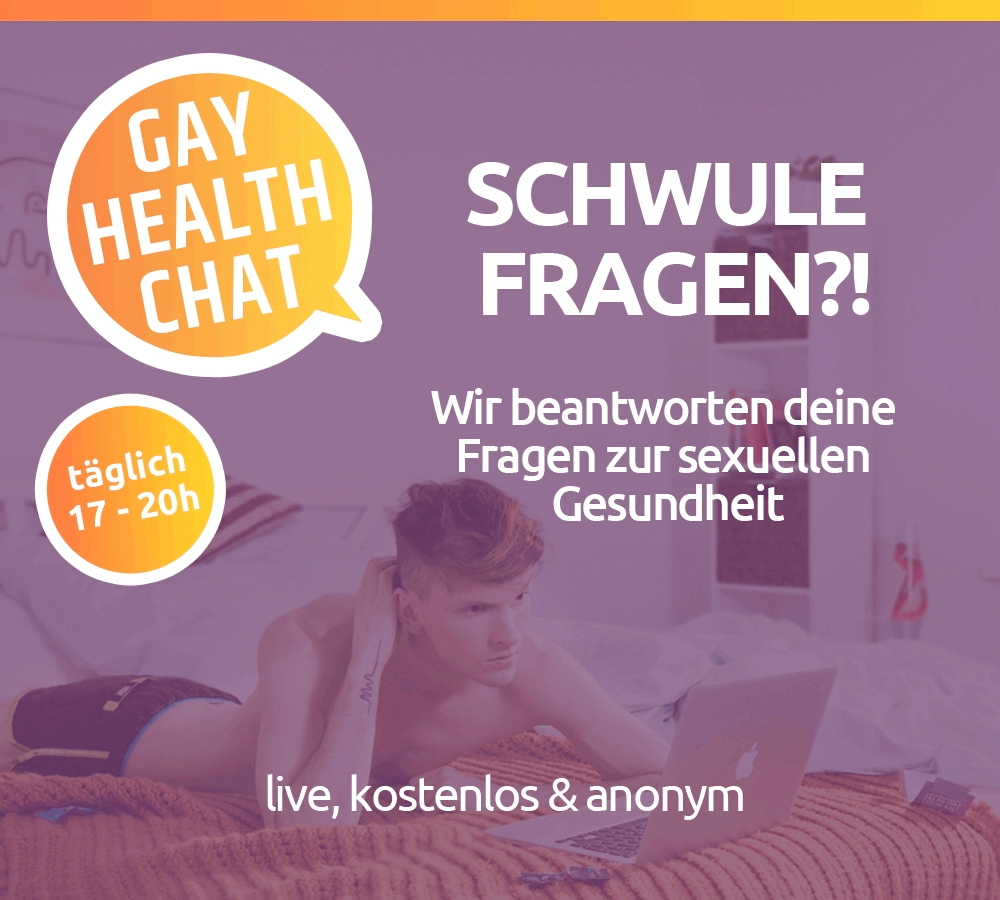6,000 people in front of the Brandenburg Gate to commemorate the victims of Orlando, show solidarity with their families and set an example against homophobia and transphobia - Margot Schlönzke and Ryan Stecken are to thank for this moving action last Saturday, 18 June 2016. The two Drags organised the vigil within a week and an impressive number of gays, lesbians, bi-trans* and intersex people as well as their friends and families responded to their call and turned up. That's great! And even though they emphasise that it was an event organised by the community for the community (which we don't want to contradict), we still have a few questions for them:
The Brandenburg Gate in the colours of the rainbow - how did you manage that?
We had this dream and no idea how to achieve it. We learnt from Ralph Ehrlich and Tom Schreiber that you have to submit an application to the Senate Chancellery. So we contacted the Senate Chancellery. This was followed by emails and phone calls in which we explained the commemoration as an event in more detail, explained the significance and gravity of the act for the LGBTQ community and pointed out that this attack could also have taken place in Berlin. Our application was then examined by the Senate Chancellery and on Thursday we received the approval of the governing mayor. The lighting system, structures etc. were then commissioned by the Senate Chancellery and the companies were asked to get in touch with us as organisers. All sides were fully behind this idea and realised it. However, we have not yet fully internalised the fact that it all went so easily and worked at all.
What motivated you to start this campaign? Why were you so strongly in favour of this event?
We found the opportunities we were given to mourn with the community very meagre. There was a vigil at 12 noon, which was announced at such short notice that we only found out about it afterwards. Even if we had known about it earlier, we wouldn't have been able to attend because we (like many others) had to work. It was nice that the professional politicians had the chance to be photographed there to appear on the evening news - it was of very little use to us and the community. We felt we had been robbed of the chance to honour the victims and stand together as a community. And obviously many people felt the same. This frustration gave rise to the idea of organising something of our own, just as we would have liked from the start.
They were OUR brothers and sisters who were shot there because of who they are. The way WE are. Many of us were also in a similar LGBTQ club that very evening, in a place that we had declared a safe space for ourselves. That's why it's so close despite the distance. It's our family that was attacked.
How was the feedback during the organisation? Was there more encouragement or more concern?
Positive across the board. People wrote to us asking if they could help us. Some wanted to bring candles, others flags, others made rainbow hearts, others asked if they could hold signs for the deceased, someone made a playlist for the sound system before and after, others gave money, drove vans or helped with contacts. We couldn't keep up with replying to the messages. In the end, the whole thing took on a life of its own incredibly quickly and everyone was working on the same idea with the same goal. For us, it was a tangible rainbow - that's what community feels like.
You registered the event for around 250 people. How did you feel when Pariser Platz became more and more crowded?
When we published the Facebook event shortly after registering with the assembly authorities, we felt sick to our stomachs after just a few hours, as the number of registrations increased rapidly and steadily. On the first evening, we were afraid to go to sleep because we didn't know what to expect the next morning. In the end - five days after registering a vigil with 250-500 people - we stood on a stage in front of the Brandenburg Gate and looked out at around 6,000 people.
Rainbow flags were waving, candles were lit and overall it was very quiet. For us, that was the hardest part, because what do you say to 6,000 mourning and commemorating people? We were simply overwhelmed, speechless, deeply moved and glad that we were not alone in our desire to hold a vigil and commemorate with the community.
The US ambassador spoke on stage and found moving words. Why were there no German politicians on stage?
The politicians and officials had their appointment on Monday at 12 noon. That was very good and media-effective, but in our opinion it completely missed the point of the actual community. The vigil on Saturday was therefore a commemoration from, with and by the community. We wanted to commemorate the victims of the homophobic act of terror. It was clear to us from the outset that it was exclusively about the victims.
There was also criticism of the campaign. What do you have to say to these critics?
Let something beautiful simply be something beautiful. Our aim was to commemorate the victims with dignity and respect. And we believe that we managed to do this despite the time pressure and lack of experience. We had no idea how to do something like this. We couldn't even adjust to it - it all happened so terribly quickly. We're not perfect, but we did it because nobody else was doing it. And I think many people will agree with us when we say it was an emotional, moving event that we will remember for a very long time.
After the event, you could read on social media that some media outlets had probably reported something incorrectly. Can you clear this up?
Yes, to everyone's surprise, the LSVD Berlin suddenly appeared in many places as an organiser, initiator or similar. We were very surprised how this could happen at all. It wasn't important to us to be mentioned by name, but we also didn't want another institution to suddenly appropriate it. We wanted the wording "private initiative".
We were able to find out that the LSVD Berlin had sent out a press release in which it wrote about both its actions and the vigil with the illuminated Brandenburg Gate. Unfortunately, this press release was not coordinated with us. I can well understand that the press was able to deduce from the letter that the LSVD Berlin was the organiser, because it came from the LSVD Berlin, spoke almost exclusively about the LSVD and at the end announced the LSVD Berlin press office as the apparently official press contact. While LSVD appeared several times in the letter, it was mentioned in passing in a subordinate clause that it was actually a private initiative. When we received the first erroneous reports on Saturday afternoon, we contacted the LSVD and asked them to clear up the misunderstanding. Unfortunately, the LSVD was very uncooperative from then on and refused to do so. They did not consider themselves responsible for it and therefore did not have to correct it. Unfortunately, we are somewhat at a loss for words.
What will happen to the portraits of those killed, which were displayed in front of the stage throughout the event?
The pictures will go to the Gay* Museum. We would be in favour of them being on public display first. In addition to the faces, information about the people can also be read there. We are also in the process of making the pictures part of the Berlin CSD. We don't yet know what form this will take. We have already received enquiries from other cities who would like to invite the pictures to their CSD. We would like to support this.
What do you take away from the event? What do you tell the community?
Many people always say that the community doesn't stick together. Last Saturday we saw that this is not true. We don't always have to (and can't) all like each other. But when it comes down to it, we're there for each other.
